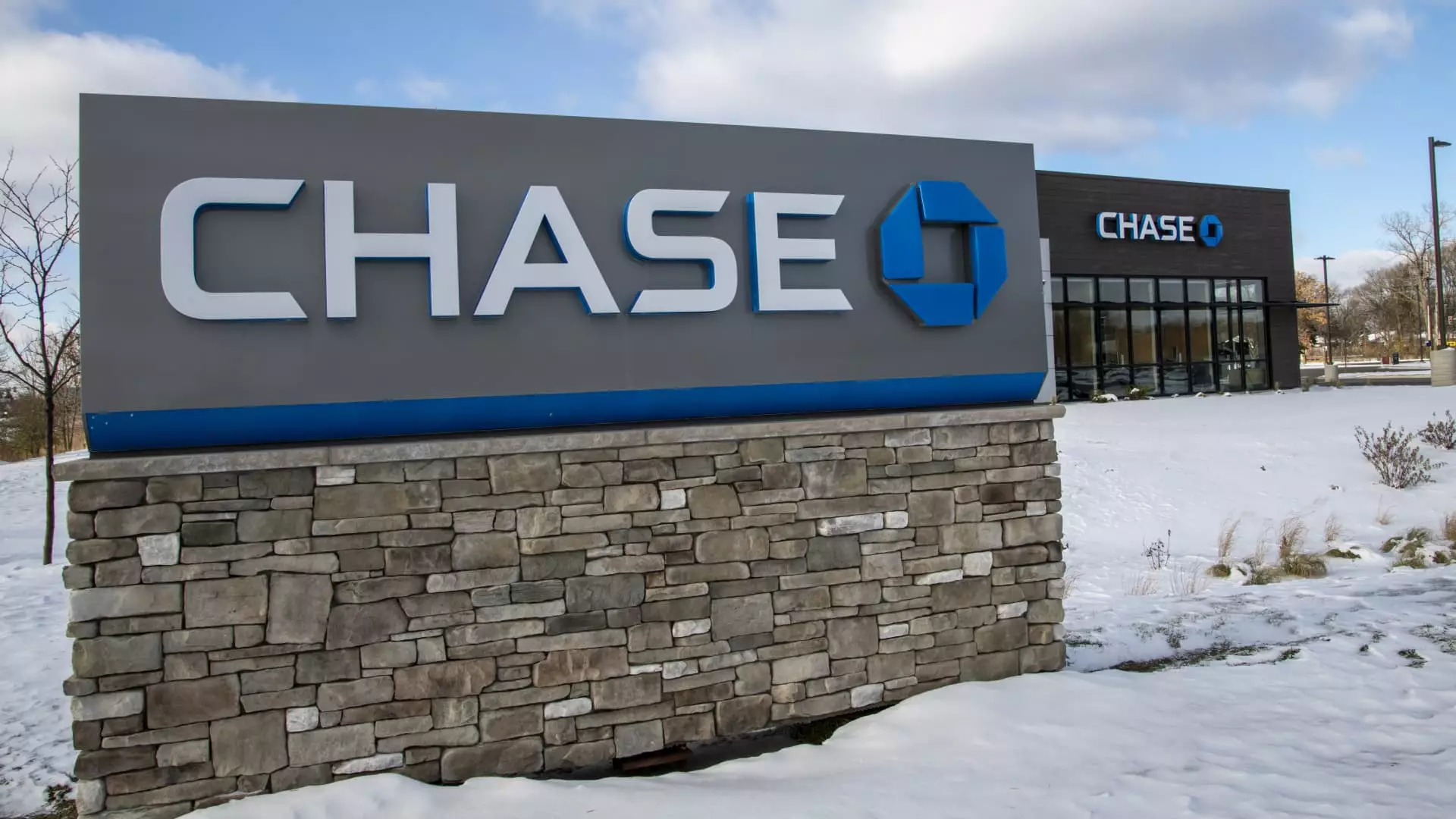JPMorgan Chase, the first bank with a branch in all 48 contiguous states, is now focused on expanding further to reach more Americans in smaller cities and towns. The firm recently announced a new goal within its multibillion-dollar branch expansion plan to ensure coverage within an “accessible drive time” for half the population in the lower 48 states. This strategic move highlights a shift towards reaching areas that are less densely populated.
Jamie Dimon, Chairman and CEO of JPMorgan Chase, is leading this effort as he embarks on his 14th annual bus tour. Dimon’s first stop in Iowa signals the bank’s plan to open 25 more branches by the year 2030. In a statement, Dimon expressed the firm’s commitment to promoting community development, assisting small businesses, and providing financial management skills and tools to all the communities they serve. Dimon will also visit several other states, including Minnesota, Nebraska, Missouri, Kansas, and Arkansas.
Jennifer Roberts, CEO of Chase Consumer Banking, mentioned that the bank has plans to open over 125 new branches across the six states Dimon is visiting. Roberts emphasized the importance of reaching “optimal branch share” in these markets, which may require more than doubling the current branch levels. During the bank’s investor day, Roberts highlighted the goal of achieving a 15% deposit share, with an extended reach of bank branches forming a crucial part of this strategy.
While the banking industry has seen a trend of branch closures due to funding costs and macro pressures, JPMorgan is moving against the tide by expanding its brick-and-mortar footprint. In the first quarter, the U.S. banking sector recorded a significant number of net branch closings, with JPMorgan standing out as the most active net opener. This strategic move positions the bank uniquely in light of its record profits, enabling it to invest in physical branches while others are opting for caution.
Roberts explained that selecting locations for new branches involves a delicate balance of art and science. Factors considered include population growth, the presence of small businesses, new corporate headquarters, emerging suburbs, and infrastructure development. Even in smaller cities, foot traffic plays a critical role in determining the viability of a new branch. Roberts humorously mentioned that if there’s a Chick-fil-A in a location, JPMorgan wants to be there too.

